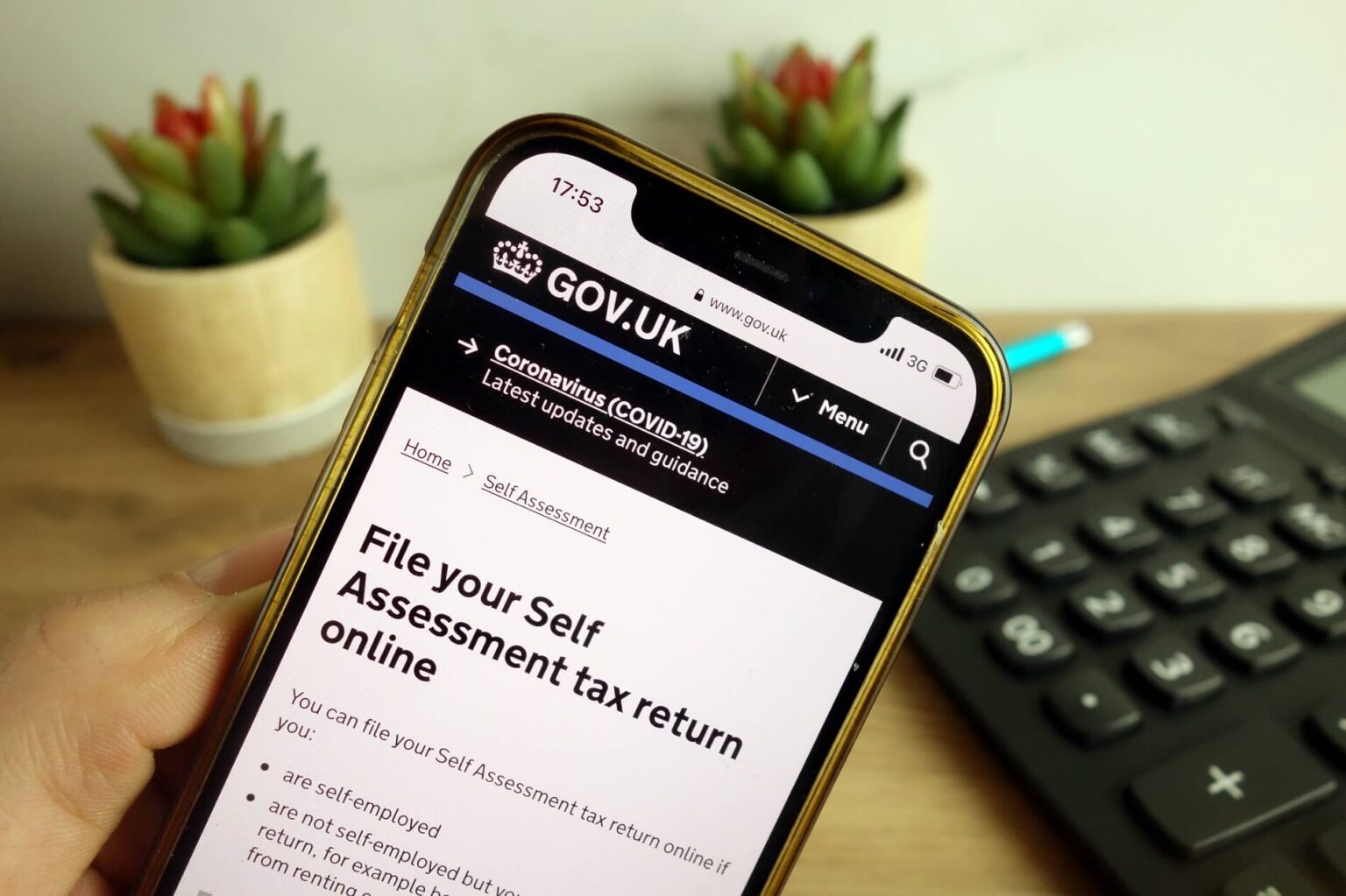“Efforts by HMRC to Reduce Staff Result in Soaring Overtime Costs”
—
Efforts by Her Majesty’s Revenue & Customs (HMRC) to downsize its workforce and implement automation have caused its payroll expenses to rise by 2%, according to recent research revealing significant overtime payments being made to staff.
The Global Payroll Association (GPA) conducted an analysis of internal workforce management data covering the period from March 2023 to March 2024. During this time, despite a reduction of 2,594 positions, HMRC’s payroll increased to £5.5 million. The increase was largely driven by a substantial 45.2% surge in overtime expenditures.
In a May report, the National Audit Office (NAO) highlighted that UK taxpayers collectively spent 798 years on hold to HMRC in 2023, criticizing the tax helpline for poor response times and noting that digital services had not yielded the anticipated improvements.
Staff Reductions at HMRC
Recent months have seen widespread news coverage of redundancies and large-scale layoffs as organizations seek to reduce operational costs. Customer service roles have been particularly vulnerable to automation due to their perceived suitability for cost-effective, on-demand support solutions such as virtual assistants and chatbots.
HMRC has followed suit by significantly reducing roles in its administration department, which saw a year-on-year decrease of -9.3%. Rather than expanding its reception teams, HMRC has introduced automated Interactive Voice Response (IVR) systems in its contact centers to guide users towards self-service digital options.
Sarah McMann, HMRC’s Chief Digital Product Officer, previously expressed a vision for customers to access information seamlessly without needing direct contact with the agency.
Automation Dependency and Challenges
HMRC’s reliance on automation has extended to using artificial intelligence (AI) for recruitment purposes, as reported by The Telegraph. This shift has seen customer service agents being hired without traditional human interaction in the recruitment process.
Despite these efforts, the NAO report highlighted that while call volumes to HMRC have decreased, the duration of each call has increased. This indicates that automated solutions are often insufficient in providing satisfactory answers, necessitating intervention from the agency’s reduced pool of tax professionals working overtime.
Impact on Customer Service and Business Perception
The challenges faced by HMRC’s helpline have directly impacted its customers, with a significant portion of businesses reporting difficulties in accessing tax-related information. Notable figures like Sahar Hashemi have criticized HMRC for sluggish response times affecting access to tax relief schemes such as Research and Development (R&D) and the Enterprise Investment Scheme (EIS).
The government has intervened previously to halt HMRC’s rapid automation plans, underscoring the ongoing debate surrounding the efficacy of AI adoption in customer service settings.
Looking Ahead
In response to these findings, HMRC aims to further reduce its customer service team by 14% in the upcoming fiscal year to align with budget targets set by the Treasury. The GPA’s analysis raises questions about the cost-effectiveness of this strategy, particularly as it appears to have resulted in increased taxpayer expenditures.
As organizations across sectors embrace technological advancements, the experience of HMRC serves as a cautionary tale regarding the balance between efficiency gains and customer satisfaction. For HMRC, this has translated into heightened overtime expenses and potentially strained relations with stakeholders, highlighting the complexities involved in navigating digital transformation in public services.




